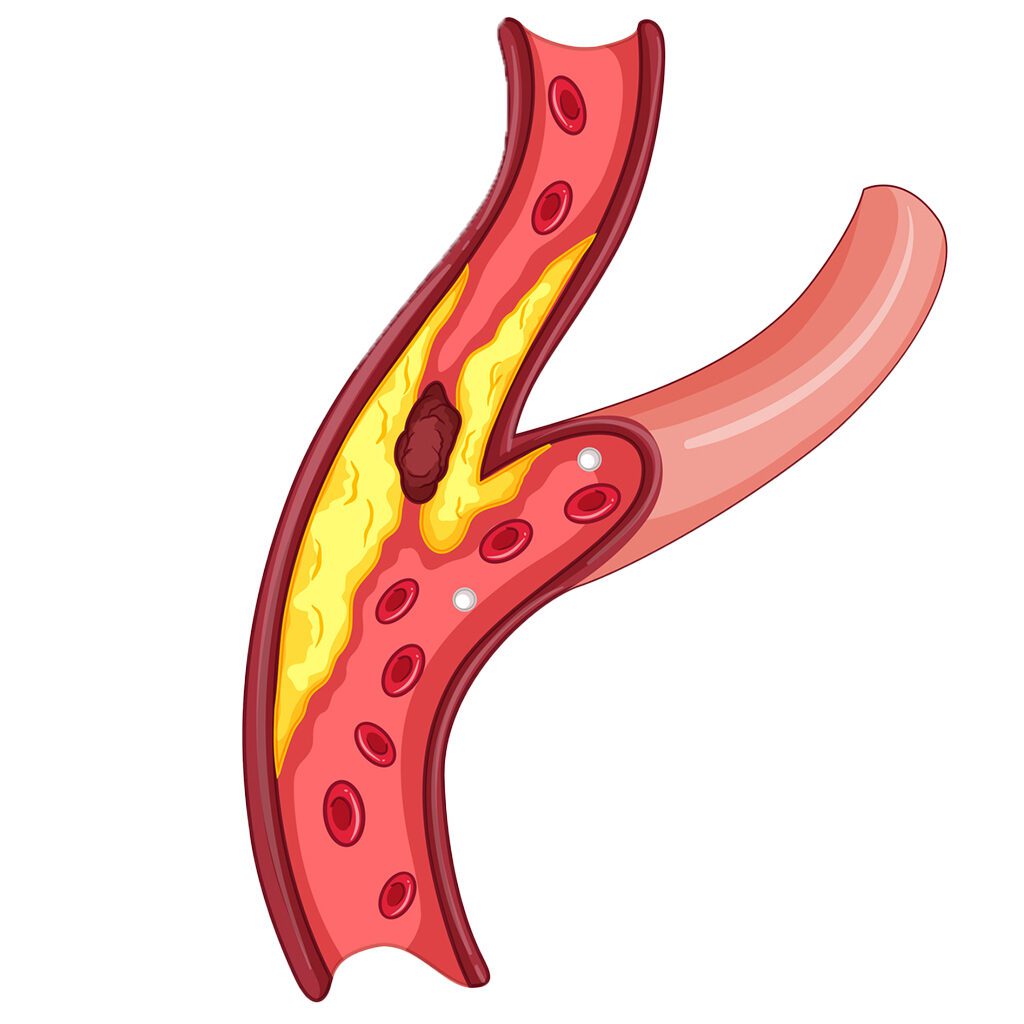Recognizing Peripheral Artery Disease
What is PAD?
Peripheral artery disease (PAD) is a process where plaque – or fatty deposits – builds up in the arteries carrying blood to the body. In most cases, the disease affects arteries in a person’s legs. However, it can also affect the arteries carrying blood to your heart, brain, arms, kidneys, and stomach.
Who is at Risk?
Those aged 50 or older have an increased risk for PAD, particularly if they have other heart disease risk factors like smoking, diabetes, high blood pressure, and high cholesterol. Most people with PAD have one or more of these conditions, which also raises the risk for having silent heart disease.


Why is it Dangerous?
For one, patients with PAD have a higher risk of heart attack and stroke. Beyond that, untreated PAD can lead to a serious condition called Critical Limb Ischemia (CLI).
CLI is an advanced stage of PAD in which artery blockages can lead to tissue death (gangrene) in the leg or foot. Left untreated, CLI can cause death of the entire limb – and consequently, need for amputation. In the most severe cases, the condition can even be fatal.
What are Signs and Symptoms of PAD?
The classic symptom of PAD is pain and cramping in the legs that increases with walking and decreases with rest. Other signs and symptoms include:
– sores on your legs and feet that won’t heal or heal very slowly
– numbness or coldness in your lower leg or foot
– weakness with walking to a point of falling
– poor nail growth on the toes or hair growth on the legs
– erectile dysfunction in men
However, many people with PAD have no symptoms or mistake their symptoms for something else. If you are over 50 and have any risk factors, don’t wait to discuss this concern with a health care provider.
Can PAD and CLI be Treated?
Yes! The good news is proper treatment can reduce symptoms, improve quality of life and mobility, prevent heart attack and stroke, and keep you from losing a limb. Depending on the severity of your disease, treatment may include lifestyle changes, medications, or advanced minimally invasive surgical procedures. A highly trained vascular surgeon and interventional physician can determine the best treatment option for you based on your medical history, a thorough physical exam, and ultrasound testing of your arteries.


